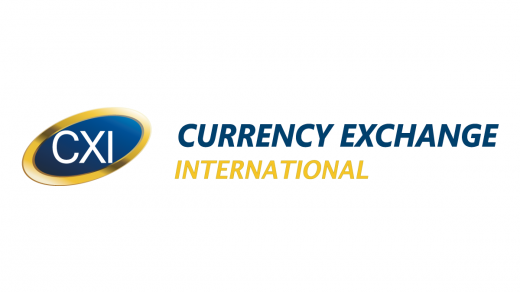The Evolution of Hedging and Risk Management for Treasurers

A holistic view of hedging and FX risk
Corporate Treasury groups have evolved in the last 15 years from a less defined extension of finance to the core of an organization’s financial risk management central nervous system. Corporate Treasury teams today are responsible for preserving the financial stability of the organization while navigating through regulatory frameworks across areas of risk and compliance. Typical Treasury group functions involve managing global cash positions, overseeing working capital requirements through access to short-term and long-term financing, and implementing risk mitigation techniques through foreign exchange and interest rate derivative hedging strategies.
Managing FX risk
As FX market risks prevail in constant doses, Treasury groups must remain abreast of global economic conditions to make educated decisions aimed at preserving bottom-line results, while upholding an enterprise-wide risk management framework. This broad-based function requires a nimble set of resources with a penchant for creating models that enhance decision-making. As such, the Treasury group function is increasingly viewed as an essential, value-added service to successful organizations with a global reach.
Treasury teams experienced with managing foreign exchange exposure, in particular, understand the importance of implementing risk management practices designed to protect the company’s cash position and bottom-line results. An essential element of a robust Treasury risk management framework begins with a set of policies and procedures aimed at defining the nature of the company’s market risk exposure to foreign exchange and identifying the appropriate tools to manage those risks. The resulting decision tree becomes particularly important given the size and potential impact of foreign exchange exposures on the company’s financial position.
FX tools to hedge currencies
The tools a Treasury group decides to implement when hedging these exposures can have varying impacts on both the company’s liquidity position and net profit and loss statement (P/L). Highly predictable exposures are commonly hedged using a forward contract, which protects a known hedge rate, on a specified notional amount and date in the future. A forward contract involves mark-to-market considerations, which could be considerable, during the life of the hedge. Furthermore, if the forward contract is not settled, as opposed to gross settled upon maturity, there could be substantial cash inflow/outflow considerations on the balance sheet. Before entering into any forward contract, the organization should understand the risks and benefits typically provided in the form of a product disclosure statement.
Cash liquidity and transparency in volatile markets
In volatile markets, mark-to-market and cash flow variances become even more important to consider in any hedging program. Another alternative to hedging FX exposures is through the use of vanilla FX options purchased with an upfront, known premium amount. These hedges offer the same protection of a forward hedge, without the implications of potentially large, negative P/L.
They also provide Treasury teams with maximum worst-case mark-to-market P/L scenarios (equal to the upfront premium outlay) as they relate to hedged FX exposures. This transparency enables Treasury teams to conduct scenario analyses that include worst-case outcomes built into a formal budgeting process. This is an important consideration when seeking to enhance the visibility of hedging costs throughout the hedge cycle while aiming to protect earnings and cash flow from excessive volatility due to changes in foreign exchange valuation.
Hedging market risk to foreign exchange exposure requires a meticulous understanding of the nature of exposures to be managed. While no crystal ball can predict a net result, purchased options provide an optimal solution to minimizing the uncertainty of outcome, particularly during times of heightened market volatility.
See more blog posts >
Subscribe to currency insider >
Currency Exchange International (CXI) is a leading provider of foreign currency exchange services in North America for financial institutions, corporations, and travelers. Products and services for international travelers include access to buy and sell more than 80 foreign currencies, gold bullion coins and bars. For financial institutions, our services include the exchange of foreign currencies, international wire transfers, purchase and sale of foreign bank drafts, international traveler’s cheques, and foreign cheque clearing through the use of CXI’s innovative CEIFX web-based FX software www.ceifx.com

 Manage FX risk and volatility in the market for your business.
Manage FX risk and volatility in the market for your business.


